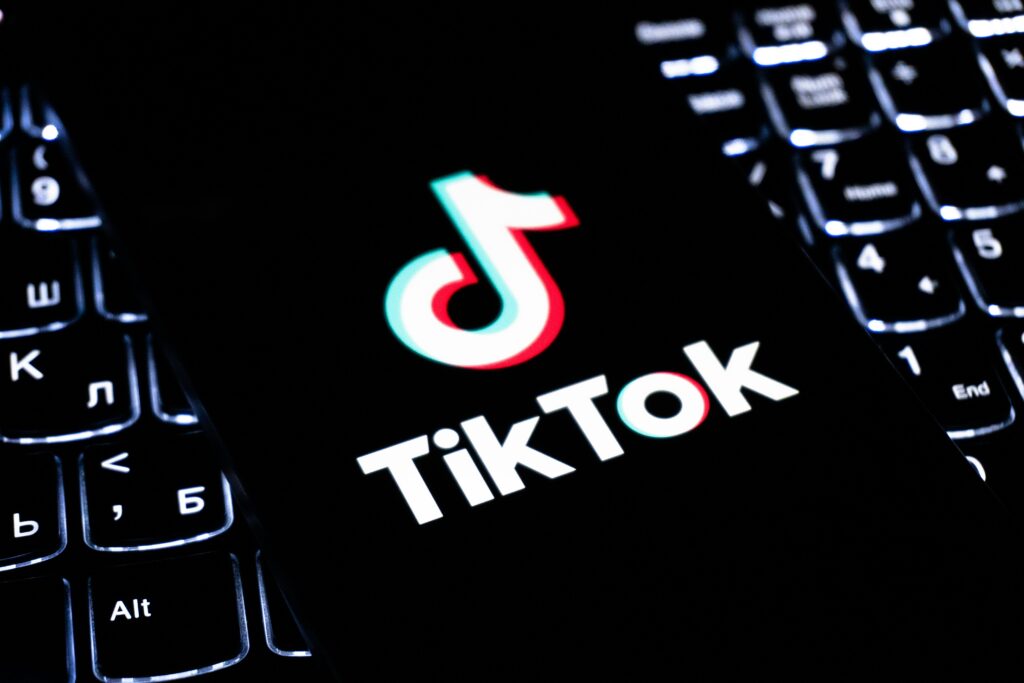The Landscape Is Shifting Fast
Traditional journalism models—print dailies, ad-first revenue, centralized editorial control—aren’t just struggling. They’re dissolving. Papers are closing. Broadcast ratings are shrinking. Some outlets are relying on nostalgia and legacy reputation, but the audience has moved on.
What’s come in to replace it isn’t a single, polished model. It’s a patchwork of digital-first experiments: newsletters, podcasts, subscription platforms, independently branded journalists, and algorithm-friendly micro-content. Substack isn’t a fad. Neither is the journalist with a three-camera setup and a YouTube following larger than a local TV station. We’re beyond digital convergence now—this is raw reinvention.
Audiences aren’t passive. They want updates fast, but not shallow. They expect sources, receipts, and context. And they can tell when something’s being spun. Journalists who can move with speed and still bring clarity and transparency are the ones people trust—and follow. The new standard isn’t just to report, it’s to relate.
The bottom line: journalism isn’t dying. It’s just refusing to move at half-speed.
Tech as a Force Multiplier
AI isn’t coming for journalists’ jobs—it’s coming for their busywork. In newsrooms across the globe, automation is shaving hours off repetitive tasks like formatting, transcription, and even headline testing. That frees up time for actual journalism: interviews, investigation, storytelling. It’s not about replacing human instinct—it’s about speeding up the grunt work so humans can focus on what matters.
Take predictive analytics. News orgs are using it not just to guess what stories will perform well, but to deliver content that actually meets readers where they are—stylistically, topically, and even emotionally. Personalization is no longer just a homepage widget; it’s baked into editorial strategies.
And on the production side? AI tools are already helping rewrite stories for multiple platforms, run real-time fact-checks, and auto-translate articles into dozens of languages without losing tone or meaning. Quality control still needs a human eye—but the first (and often most tedious) drafts are no longer made by hand.
The bottom line: the smartest newsrooms aren’t replacing people with tech—they’re using tech to give people an edge.
New Storytelling Frontiers
The evolution of journalism isn’t just about faster reporting—it’s about deeper, more immersive storytelling. As new technologies become more accessible, media outlets are beginning to experiment with tools that place the audience at the center of the narrative.
Immersive Media: Beyond the Article
Journalists are using immersive formats to offer context and presence in ways traditional reporting cannot. Stories aren’t just told—they’re experienced. This includes everything from augmented infographics to powerful digital walk-throughs.
- 360° footage brings viewers to the heart of high-stakes environments
- Documentaries are now being produced with interactive elements
- Data journalism is becoming more visual and navigable
Interactive Journalism: Reporting With (Not Just To) the Audience
The age of passive readership is fading. Interactive journalism engages audiences as participants, allowing them to shape the story or explore elements at their own pace.
- Choose-your-path news features that let users navigate issues by choice
- Chatbot-led investigations that offer real-time answers and insights
- Surveys and feedback loops that directly influence reporting angles
Virtual Reality Gains Editorial Credibility
Once experimental, virtual reality (VR) and spatial storytelling formats are maturing rapidly. Major outlets are investing in immersive journalism teams dedicated to crafting experiences that go beyond visual engagement.
- VR documentaries now feature at major film festivals
- Crisis reporting increasingly uses 3D reconstructions and simulations
- Accessibility improvements are making immersive formats easier to publish and distribute
For more on how VR is reshaping modern journalism, read Exploring the Role of Virtual Reality in Media.
Immersive storytelling isn’t just a novelty—it’s becoming a vital part of modern journalism’s toolkit, especially for stories that demand both empathy and engagement.
Trust, Transparency, and the Struggle for Credibility
The fight against misinformation isn’t just a trend—it’s the terrain. Deepfakes, AI-generated hoaxes, and context-stripped virality have forced newsrooms into a defensive stance. But the best ones didn’t just build firewalls. They got smarter, faster, and painfully transparent. Labels, linked sources, and real-time fact-checking are now baseline. Outlets that can’t establish credibility at speed simply won’t last.
This is why trust has become more than currency—it’s survival gear. In an age where almost anyone can break a story, only a few can prove it’s true. The brands that double down on accountability—clear sourcing, editorial standards, public corrections—will pull ahead, not only in reputation but reach. Audiences don’t want glossy narratives. They want honesty, even when it’s slow or messy.
And here’s a sharp edge of the shift: more eyes are turning to public funding and non-profit journalism. Think of ProPublica or The Texas Tribune. These platforms aren’t driven by clicks—they’re measured by impact. As ad-dependent models buckle under algorithm changes and trust gaps, community-backed and foundation-supported outlets are gaining ground.
Credibility isn’t built in a newsroom anymore. It’s built out in the open, post by post, correction by correction. Journalism that earns its keep in 2024 does one thing relentlessly: it tells the truth, even when it risks losing followers in the process.
Journalists as Brands & Content Creators
The lines between journalist, creator, and entrepreneur have officially blurred. Substack, YouTube, Patreon—platforms once seen as side gigs—are now full-time media channels for thousands of independent voices. These aren’t just hobbyists with cameras or keyboards. Many are ex-newsroom pros, investigative reporters, or writers with sharp beats and loyal audiences.
Newsletters and podcasts now punch above their weight. They’re personal, direct, and built on one thing traditional media struggles to maintain: trust. It turns out, when audiences know who’s behind the byline, they stick around—and show up with support in the form of subscriptions, shares, and backing on crowdfunded platforms.
But this new freedom comes with responsibility. Without editors and guardrails, creators walk their own ethical lines. Transparency about bias, sources, and revenue flows matters more than ever. Because when distribution is decentralized, credibility becomes the currency. Lose it, and you’re just another loud voice in the void.
Independent journalism won’t replace legacy media, but it’s forcing it to evolve. The decentralization of storytelling? It’s already here. And the best creators know that audience loyalty isn’t just built on content—it’s built on accountability.
What Comes Next
The future of journalism isn’t just about breaking bad news fast—it’s about building better narratives. Constructive news is gaining ground. That means moving beyond pointing out problems to actually highlighting how people, communities, and systems are responding. It’s not fluff—it’s a mindset shift. Audiences are tired of doomscrolling. They want reporting that informs, but also empowers.
Alongside that, media literacy can’t stay a side project. In a world drowning in disinformation and algorithmic noise, journalists have a duty to explain not just the story, but how the story was built. What sources were used. What was left out—and why. Turning passive readers into active, critical media consumers should be just as important as the next scoop.
This kind of progress doesn’t happen in silos. Journalists need to link arms with technologists, researchers, and nonprofits. Cross-industry collaboration is where innovation happens. Whether it’s building tools for fact-checking at scale or designing new ethical standards for immersive media, the future needs more brains at the table—not just reporters in the field.
Wrapping It Up
Journalism isn’t dying—it’s evolving. But evolution demands movement. Innovation isn’t a luxury anymore; it’s the cost of survival. Outlets that experiment with formats, tools, and business models are the ones staying relevant. The ones clinging to ‘how it’s always been done’ are being left behind, fast.
Adapting doesn’t mean trading substance for speed. It means finding sharper, smarter ways to serve audiences who now expect news that’s timely, transparent, and trustworthy. Whether that’s through newsletters, immersive storytelling, or AI-assisted research, the playbook has changed.
The next era of journalism is already rolling. It favors those who listen closely, move quickly, and stay light on their feet. No one’s coming to save legacy models. You either learn the language of change—or risk becoming history yourself.



